The Best Mold and Mycotoxin Free Coffee Brand
This post may contain affiliate links. Read our full disclosure.
This is a toxic mold awareness site that focuses on keeping mold out of your home and workplace so why in the world are we talking about coffee? Easy – almost ALL brands of coffee are highly contaminated with mold and worse, mycotoxins. (If you aren’t sure what mycotoxins are, please click that link to learn more).
Bringing these coffees into your living space isn’t going to suddenly cause a major mold problem BUT drinking the coffee may certainly cause some not-so-great things to happen to your health and wellness.
I steer clear of discussing mold related health topics on this website. (You can find those articles on my other website). However, I do believe that mold and mycotoxin free coffee is an important enough post to have on this site since I DO discuss topics like moldy food and food products that are contaminated with mycotoxins.
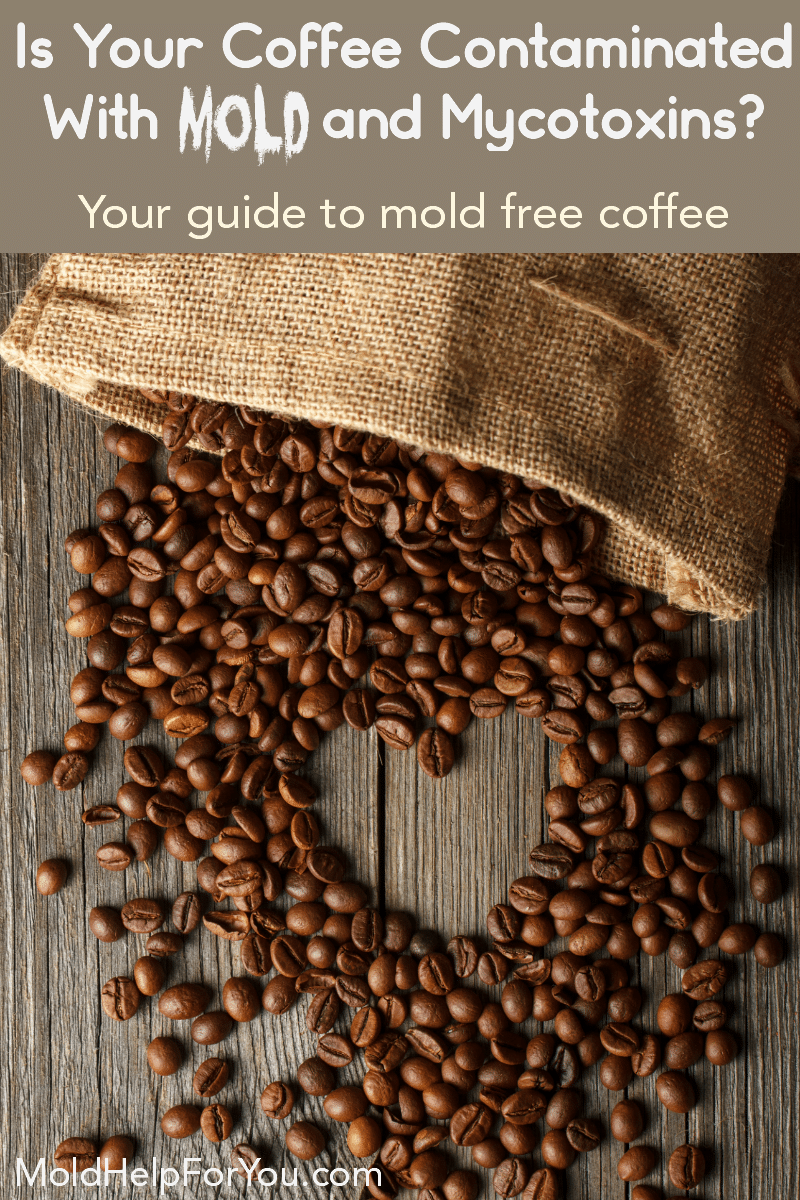
I’m going to cut right to the chase and share the best mold and mycotoxin free coffee brands first, but please stick around because I have included a lot of very helpful information about contaminated coffee and mold free coffee. If you prefer to read that section first, just use that helpful table of contents below. Otherwise, scroll on past and check out my top picks!
- What Mold Grows On Coffee?
- What Are The Specific Mycotoxins In Coffee?
- Why Does Coffee Have Mold and Mycotoxins?
- Is It Safe To Drink Coffee That Hasn’t Been Tested For Mold and Mycotoxins?
- Is There A Way To Remove Mycotoxins From Coffee?
- Proper Coffee Storage
- How To Enjoy A Mycotoxin Free Cup of Coffee When You Don’t Have Access To The Best Mold and Mycotoxin Free Coffee Brands
- Is It Time To Cut Coffee Out Of Your Life?
Purity Coffee – One Of The Best Mold and Mycotoxin Free Coffee Brands
While I go into greater detail about the requirements for a coffee to make the mold and mycotoxin free list, it is important to share that in a nutshell, it must be expertly sourced, properly roasted and stored, and third-party tested to ensure that is was both a mold free coffee but also a mycotoxin free coffee. In addition to that, the coffee needed to taste amazing.
Purity coffee is truly the only brand on the market that I 100% trust to be mold and mycotoxin free. There are many “runner up” brands of coffee out there that either show promise or make great claims but Purity coffee is truly in a league of it’s own. Let’s take a look at what makes this mold and mycotoxin free coffee so special.
*Important note – if you have visited this article before please note that it has been updated as of August 2022. Purity recrafted their already amazing product line to include a variety of new coffees designed to maximize certain health benefits of coffee.
Coffee Bean Sourcing
Just 1% of the world’s beans meet Purity’s standards. This is because the company considers it vital to know where coffee beans come from and they are never complacent in their sourcing. Purity sources sustainable coffee and they only select defect-free specialty grade beans. They only source from high-altitude, organically grown Arabica beans from farms around the world including Indonesia, Costa Rica, Ethiopia, and Brazil. Purity only purchases what they need and never overbuys. (This is huge from a storage standpoint as you will later learn).
Coffee Certifications
- USDA Certified Organic
- Specialty Grade (SCAA Green Coffee Grading Standards)
- Mycotoxin Free
Roasting Information
After choosing coffee beans that meet the Purity Health Profile, they test to see which ones are highest in antioxidant compounds, lowest in asparagines (a precursor to acrylamide), and contain no mycotoxins. They create a roasting profile specifically to that particular lot of coffee to maximize health benefits and minimize health risks.
During roasting, the beans undergo a complex series of chemical reactions, during which both healthy and unhealthy compounds are both created and destroyed. Purity Coffee analyzes the results of different roast curves, comparing the time and temperature of the beans at different points of the roast, and which curve nets the most positive health attributes.
All beans are roasted in a smokeless machine controlled by a computer algorithm.
Mold and Mycotoxin Testing
Purity uses a routine developed by leading coffee scientists in Brazil, which confirms that as coffee passes through each step of the supply chain it is free from contamination. They regularly lab test their green beans to ensure that this remains the case.
Purity’s testing is actually pretty interesting. If you would like to geek out over some pretty cool data, check out their Independent Laboratory Test page.
Freshness Guaranteed
Purity Coffee knows that coffee retains optimal health benefits as whole beans for up to 20 days after roasting. This is the best time to experience the amazing flavors, fresh bloom, the energy that you will notice in your body and the clarity you’ll notice in your mind. It’s not just the caffeine you’re feeling… Rather, it’s the sustained energy derived from consuming one of the richest sources of antioxidant compounds on earth.
These marvelous qualities start to fade after 20-30 days. When coffee goes bad, the oils become rancid, the organic materials stale and the taste has distinct bitterness, sourness and dull wood flavor.
When you order a bag of Purity Coffee, know that it is fresh as fresh can be when it is delivered to your doorstep.
An Incredible Selection Of Coffee Options
One of the things I was most excited to see when Purity went through their product overhaul was the vast array of coffee options! They certainly upped their game in my eyes.
You can choose from the following roasts:
- Flow – the original medium roast designed for overall health
- Ease – a dark roast designed for easy digestion
- Protect – a lightish medium roast designed for liver vitality
- Calm – Purity’s signature decaf coffee designed for serenity
Each roast is available in:
- 12 ounce bags
- 5 pound bags
- Single serve coffee pods
- Single serve sachets (kind of like a tea bag)
Purity has a Subscription option which is definitely worth taking advantage of! This ensures you have consistent access to freshly roasted coffee. You can have more than one subscription at a time which is great for high volume coffee consumers.
My Thoughts on Purity Coffee
When you order from Purity Coffee you’re getting the coffee two to three days after roasting. All of their bags are nitrogen flushed (there’s a release valve in the bags.) This means that there’s an inert gas in the bag and it stays fresh until you open the bag.
I have tried a lot of coffee brands during the 40+ years I have been drinking coffee. (Hey – I’m Italian! Kids get espresso young). Honestly this coffee is beyond description. Not only does it taste incredible but I don’t get that coffee letdown a few hours later. I also don’t feel all dehydrated after drinking it.
I was also known as the queen of “would you like some coffee with your cream?” I had to add a lot of cream to my morning coffee, especially if I was making an iced version. Even with my previous favorite coffee brand, I just didn’t love the taste of coffee.
I drink Purity coffee black. Yep. Black. Totally, completely, unadulterated because it tastes THAT GOOD! Scratch that. It tastes that INCREDIBLE! I never thought I would drink coffee black but then I had never met Purity.
I’m devoted to kick starting my day with Purity Coffee and appreciate all the work they have put into creating this company as well as what they do for our planet. A friend introduced me to this company in 2019 but it took me a year before I tried their coffee. Naturally, I regretted waiting so long!
I can trust that Purity coffee is mold and mycotoxin free and that it truly good for me. (Yes, the RIGHT coffee has a lot of wonderful wellness benefits to it!)
I personally am a fresh grind kind of coffee drinker but I have taken advantage of the new coffee sachets a few times. Let me tell you… these are a game changer for camping. They are also pretty awesome when my teenager is choosing to sleep until noon and I don’t want to wake her up with the coffee grinder. I steep mine for about 10 minutes and the coffee is perfection. There is a slight difference between my freshly brewed coffee and the sachets but not enough to get a complaint out of me.
While I like all four of the available roasts, I am definitely a big fan of the Ease. I like a dark roast quite a bit. You won’t catch me drinking decaf but I did try it and it is wonderful from a flavor profile. Flow and Protect are also both delicious and I would be happy to sip on those any morning as well.
Purity has an awesome website full of really interesting information on their standards, processes, and coffee profiles. I strongly suggest you take a few minutes to look it over. It really is quite fascinating.
Click here to order your first bag of Purity Coffee.
Enter code MOLDHELPFORYOU at checkout to get a deep discount.
Natural Force – The Other Best Mold and Mycotoxin Free Coffee Brand
Natural Force made it into my Top Pick category as they are actually “Powered By Purity” coffee beans. But make no mistake – they are by no means “just the same” as Purity.
Coffee Sourcing
- Single-origin coffee beans
- Specialty grade coffee beans
- Handpicked and organically grown from a Rainforest Alliance certified farm
- 100% Arabica coffee beans sourced from sustainable coffee plantations
- Grown at an altitude of 5,500′ in the high mountains of Columbia
Coffee Certifications
- USDA-Certified Organic
- Rainforest Alliance Certified
- Certified Vegan
- Certified Keto
- Certified Paleo
Roasting Information
The Natural Force coffee beans are medium roasted inside of a smokeless machine for 48 hours. These machines remove harmful compounds and maximize coffee’s health-enhancing antioxidants like chlorogenic acid. As a result, each batch of Clean Coffee’s specialty grade beans contain 200% more antioxidants than your average coffee.
Mold and Mycotoxin Testing
- The coffee beans are stored in temperature-controlled storage facilities to prevent future mold growth.
- Every batch is tested for mycotoxins and mold, as well as fungus, yeast, heavy metals, and 165 different types of pesticide residues.
- Their third-party test results are publicly available.
My Thoughts On Natural Force Coffee
This is a really great brand of coffee. Even though Natural Force is “Powered By Purity” there are definite differences in the taste. This is because Natural Force purchases the beans and then takes over the process from there.
First, you can see the coffee oil in your cup which is always a good sign. For me, that means I can trust that the coffee bean has been roasted to perfection. The flavor is solid and smooth with this subtle kick if you will. Not spicy mind you. It is difficult to describe but the flavor profile has this complexity to it that almost gives you a slightly different flavor twist with every sip. I have experienced everything from a burnt caramel type taste to a smooth cocoa flavor to a honey hazelnut flavor.
I prefer to drink this coffee black BUT if you are an “add-in” type of person rest assured that the flavors are bold enough the shine through and not be diluted by your add-in of choice.
Like Purity, I didn’t get the jitters, even after two cups. I also didn’t feel all dehydrated later.
I love the eco-friendly, BPA free packaging. All of their coffees are bagged and then nitrogen flushed to preserve the flavors and freshness.
I am particularly impressed with the additional certifications that Natural Force has achieved. This additional step proves that their sourcing and processing are impeccable and that they do not involve any unnatural additives, cross-contamination from shared equipment, animal by products, or animal testing. Until I learned about Natural Force it never occurred to me that coffee might not be vegan. Turns out, animal cross contamination is a thing in the world of coffee processing and packaging.
Natural Force also tests many of their other products for mold. Both their grass-fed Collagen Peptides and Organic MCT Oil are 3rd party lab tested and confirmed to be mold free as well! These make GREAT coffee-adds in both in place of or in additional to coffee creamer or half and half.
So which is best? Purity Coffee or Natural Force Coffee?
That is an impossible question because it really depends on your taste preferences. For me, Purity Coffee is a little more delicate in flavor and Natural Force is a little more robust. But the difference is very, very subtle. I actually happily drink both and shhhh…don’t tell…but sometimes I make a blend of the two coffee beans and it is AMAZING.
Now that we have taken a look at Purity and Natural Force, the best mold and mycotoxin free coffee brands, let’s dig a little deeper into the science of mold free coffee.
What Mold Grows On Coffee?
The sky is the limit when it comes to the type of mold that grows on coffee. Since coffee beans come into contact with both indoor and outdoor molds, there isn’t one key player in the coffee mold game.
What Are The Specific Mycotoxins In Coffee?
Several studies have found measurable levels of various mycotoxins in coffee beans — both roasted and unroasted — as well as brewed coffee. There are two main mycotoxins associated with coffee. These are:
- Ochratoxin A – a secondary metabolite produced by several species of Aspergillus and Penicillium.
- Aflatoxin B1 -A known carcinogen and has been shown to have various harmful effects in large doses.
Here are a few studies to support this:
- 33% of samples of green coffee beans from Brazil had low levels of ochratoxin A (Source).
- 45% of coffee brews from commercially available coffee beans contained ochratoxin A (Source).
- Aflatoxins have been found in green coffee beans, the highest level in decaffeinated beans. Roasting reduced the levels by 42–55% (Source).
- 27% of roast coffees contained ochratoxin A, but much higher amounts were found in chili (Source).
Thus, evidence shows that mycotoxins including ochratoxin A and Aflatoxins are present in a large percentage of coffee beans and certain levels make it into the final drink.
Why Does Coffee Have Mold and Mycotoxins?
Grab a cup of mold and mycotoxin free coffee because the list here is long. Mold and mycotoxins can form for any one of these reasons or from a combination of factors.
- Most coffee crops are raised in tropical climates. Mold species vary by climate and the type of food source available. The warmer and wetter the climate, the greater the variety of mold type and mold growth. Because coffee crops are tropical, they are exceedingly susceptible to mold growth and, subsequently, mycotoxins.
- In the coffee production process there is lots of water that’s used to clean coffee. If it isn’t dried properly, mold takes root.
- In certain areas they intentionally spray coffee with water. For example, once the coffee is dried and it’s ready to be shipped, the farmers get paid based on the weights. It’s not unusual they will spray these big amounts of coffee with water because the coffee will absorb the water and they’ll get more money for their crop. Now you have coffee that’s traveling across the ocean for the next month or so, it’s been packed moist and is very likely to grow mold.
- Mold is everywhere including in the typical coffee processing environments. This is especially an issue when coffee beans are spread out to dry in large open areas where mold spores are sure to land and take root among the coffee beans.
- Once harvested, the coffee cherries are crushed open to reveal the inner coffee bean. Even after removing the skin and pulp, the coffee beans are still tightly encased in their mucilage. The mucilage is a slimy sheath that surrounds the coffee bean and makes great food for mold. The mucilage-removing fermentation process that the coffee beans undergo involves cement tanks, water, and 16 to 36 hours of fermentation. While fermenting, the coffee beans shed this slimy sheath that would otherwise inspire mold growth BUT the water, warmth, and fermenting time only encourage mold growth and mold maturation even more.
- Storage methods contribute to mold growth and mycotoxin formation. Most coffee beans are stored for long periods of time in hot, damp conditions.
- When coffee beans are shipped from the producer to the brand company, they most commonly arrive in large burlap sacks. The problem with burlap sacks is that they are prone to developing mold themselves. Burlap is made from the skin of the jute plant. Like cardboard, jute fabric fibers are made of cellulose, which provide the most toxic molds all the nutrients they need to take root and grow.
- The brand company repackages the coffee beans in their signature container (usually plastic or laminated barrier film). If there are already coffee mold spores present, then the brand company’s plastic or laminated barrier film container only makes matters worse. The mold is kept out of direct light, shielded from severe temperature changes, and any and all moisture is locked in with the moldy coffee. It’s the perfect environment for growing even more mold.
- The shipment of coffee beans, whether by land, sky, or sea, poses a possible threat of mold growth since many shipping containers and trucks cannot combat heat and moisture adequately.
- As if all of those ways coffee is at risk for mold growth and mycotoxins formation weren’t enough, mold can form at the farm at the plants during the growth cycle, from contamination of the irrigation water, animal interaction with any stage of the coffee process, or human error.
Is It Safe To Drink Coffee That Hasn’t Been Tested For Mold and Mycotoxins?
Even though almost all green coffee beans contain some mycotoxins, the levels are technically universally below the safety limits. The average concentration was 2.38 microg kg(-1). All positive samples showed ochratoxin A levels below the limit suggested by the European Union (8 microg kg(-1)).
Is There A Way To Remove Mycotoxins From Coffee?
Supposedly, roasting reduces mycotoxins by about 50% (or even more, in this study).
A study from the same time period as the one above, designed to test whether roasting destroyed ochratoxin A, found that 20 minutes at 200C left 88-100% of OTA intact, and almost all of the ochratoxin A was infused into coffee brewed with the beans. The conclusion? The reduction of ochratoxin A concentration of contaminated coffee beans by roasting under these conditions is ineffective.
Yet another study found roasting even hotter, at 250 degrees C, resulted only in a small reduction in the ochratoxin A level. Ochratoxin A was also found to be eluted into the brew. Of 40 coffee brews prepared from commercially available samples, ochratoxin A was detected in 18 brews.
It’s kind of hard to decide just how effective roasting coffee beans is at reducing mycotoxins. It is more important to note here is that roasting WILL kill mold spores on the coffee beans but plenty of mycotoxins remain. Based on the studies above, the mycotoxins levels are above my comfort zone.
Proper Coffee Storage
Once you get your mold and mycotoxin free coffee beans, you want to ensure they stay that way. Proper coffee storage becomes key.
Start with a container that is air tight and opaque as you don’t want any light getting in. Avoid plastic containers at all costs. My top pick is this container.
If you’re feeling extra fancy, get something with a one way CO2 valve, which will let your coffee off-gas as it ages without letting in any pesky oxygen. I like this container a lot.
Make sure you’re not exposing your coffee to any extreme temperatures. Too hot and your coffee will go rancid faster. That means less great flavors at best and lots of off-flavors and mold at worst.
How To Enjoy A Mycotoxin Free Cup of Coffee When You Don’t Have Access To The Best Mold and Mycotoxin Free Coffee Brand
- Select an organic coffee.
- Choose coffee that has been made by wet processing.
- Pick arabica beans over robusta beans. Though robusta varieties do have higher levels of caffeine, they also contain more mycotoxins.
- Because mold is less apt to grow at higher elevations, purchasing coffee that has been harvested in the mountains is a great way to decrease the amount of mycotoxins in your coffee.
- Stay away from blends. There is no way of telling where the different bean varieties have come from.
- Do not drink decaffeinated coffee. Caffeine actually protects coffee beans from the growth of mold & can prevent massive amounts of mycotoxins from growing.
- Steam is an agent that can help break down toxins, so if all else fails, order an Americano or Cappuccino.
Are You Looking For Other Recommendations On Mold and Mycotoxin Free Coffee Brands?
I get that people like options. Maybe you don’t want to try Purity coffee for one reason or another. No worries! There are certainly a few other “safer” coffee brands out there. While they are not at the level Purity is, they still do a really great job of making sure their coffees are mold free and mycotoxin free or low in mycotoxins. Several of these brands make their lab reports available to the public as well.
Is It Time To Cut Coffee Out Of Your Life?
If you think it is simply safer for you to just quit coffee, here are a few coffee alternatives that are actually pretty decent in terms of taste.


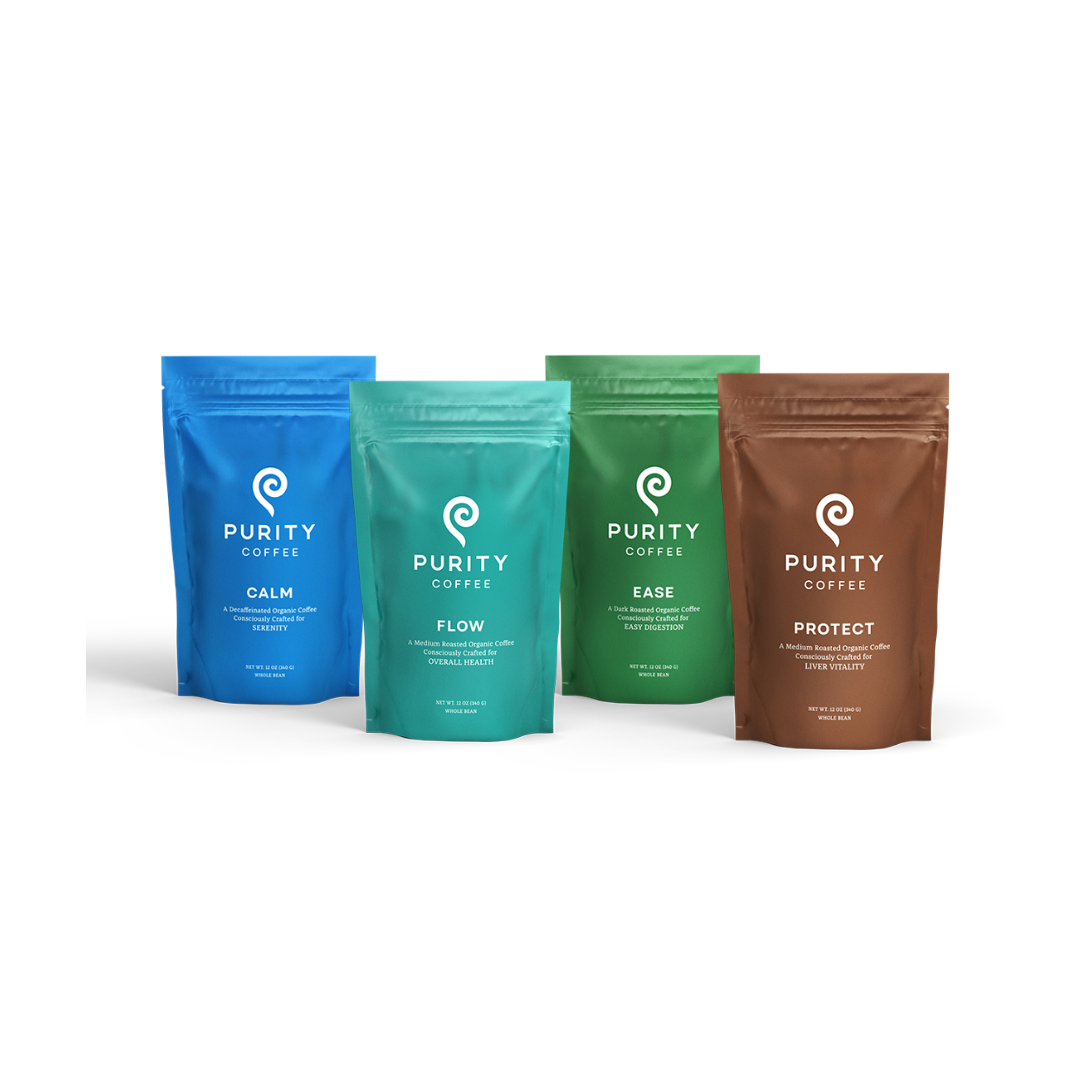
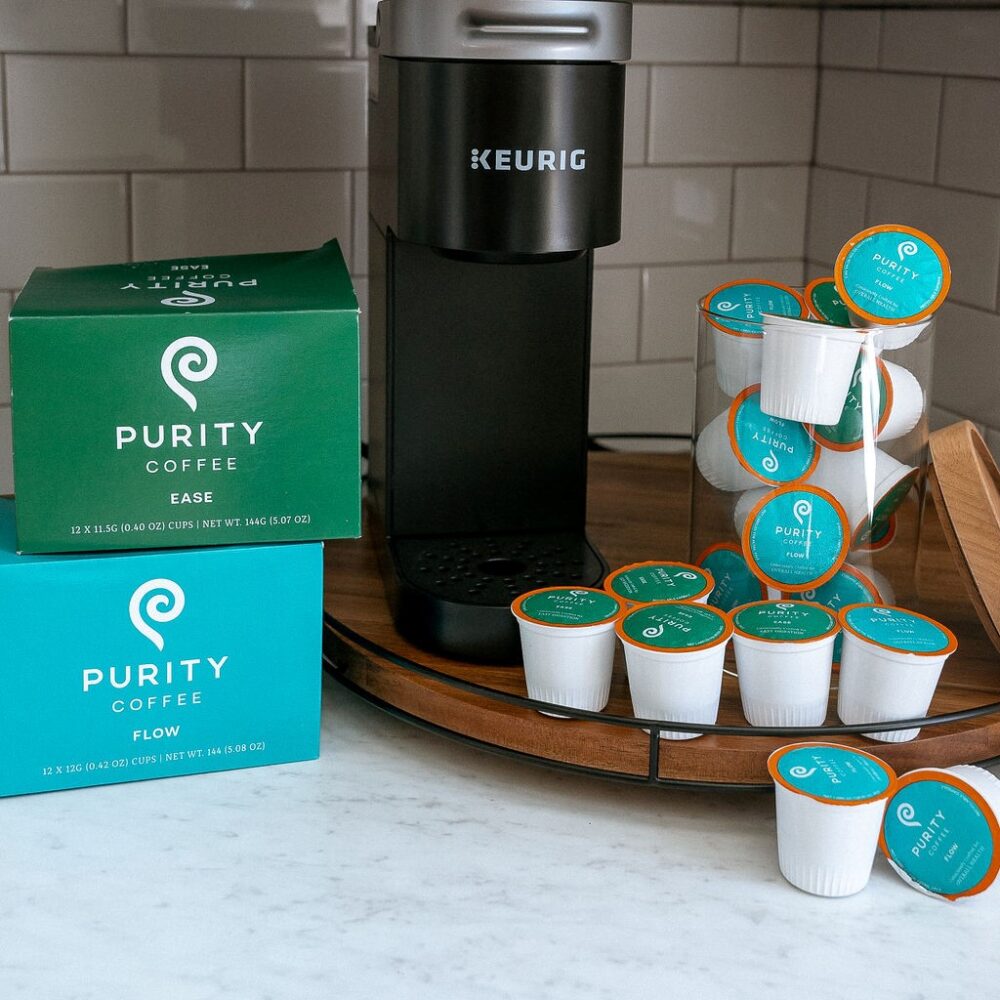
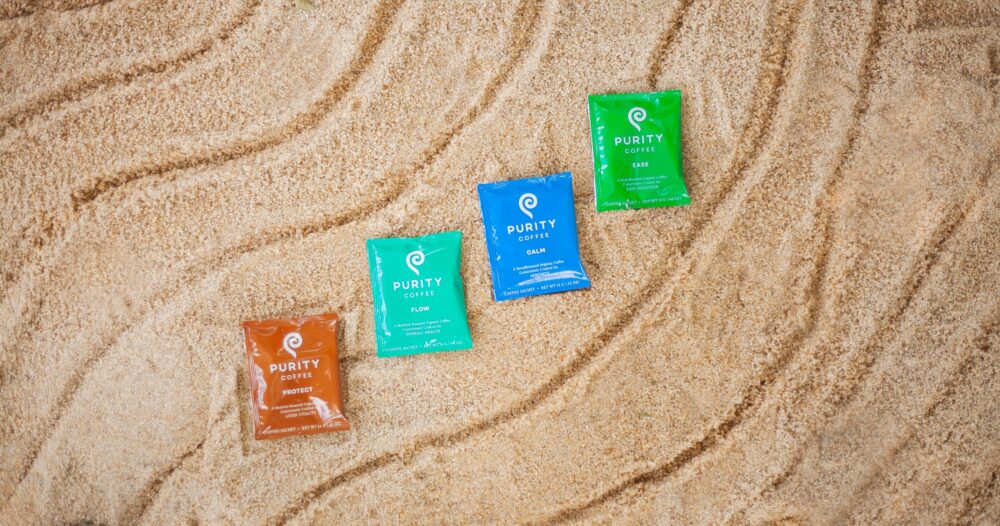
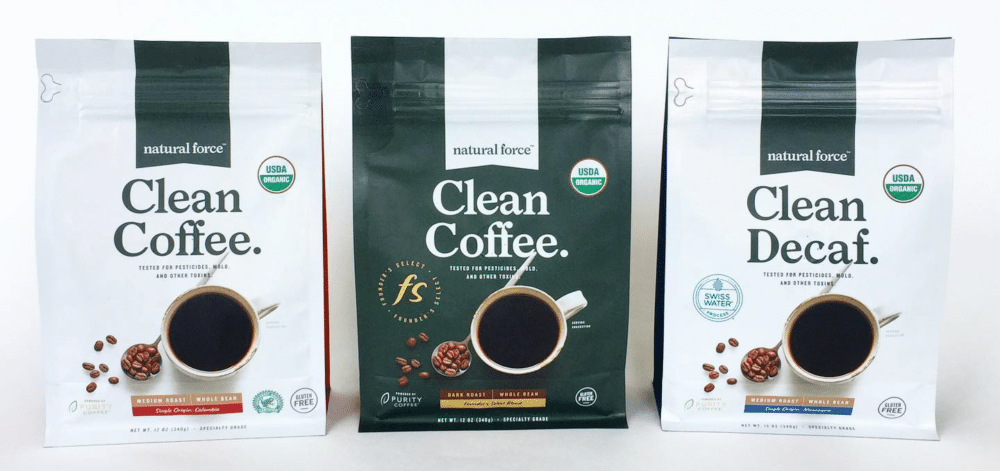
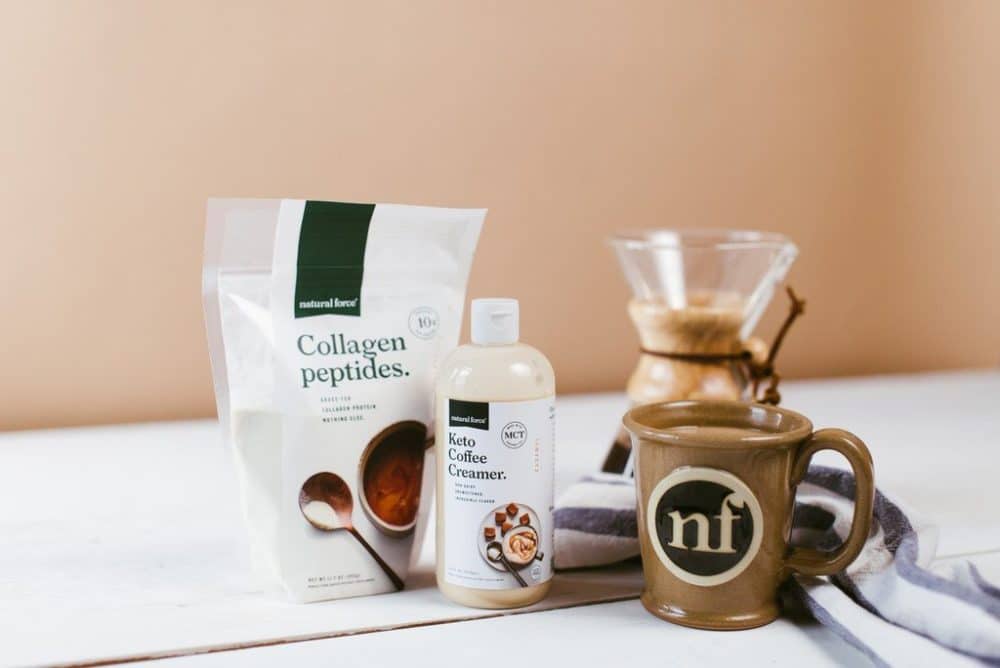
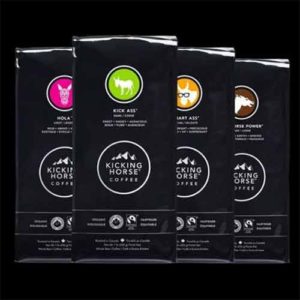
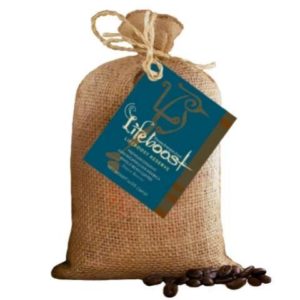
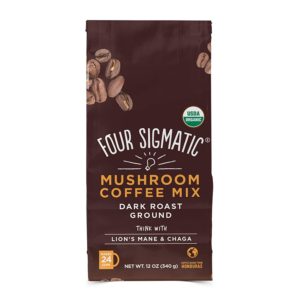
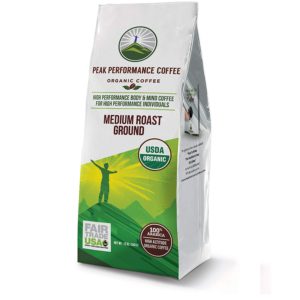
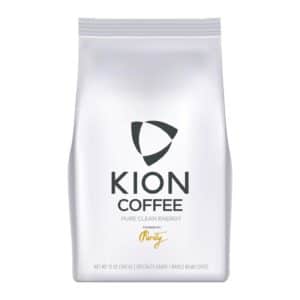
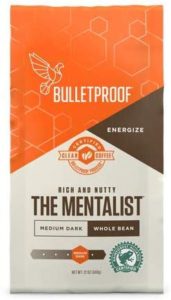
OUTSTANDING, informative article, THANK YOU!
🙂 You are most welcome!
Thank you for your research and sharing it with us.
Do you know if enigma coffees also have mold in them?
Enema coffees do they also have mold in them?
Thanks for sharing your research
Are these the only coffee brands free of mycotoxins?
This piece is disingenuous, it’s just a promotional advertisement .
As of right now yes, these are the only brands that have been independently lab tested to be mycotoxin free. I am constantly researching new products, testing new products, speaking with companies, etc… and update posts accordingly. This is not a promotional advertisement. This is how I make a living so it is perfectly acceptable to partner with some of the companies I promote. If you spend some time going through my website you will see that I promote the products I feel are the best regardless of if I have an affiliate relationship with the company.
the problem is finding out where to get them ?
I have included links on where to purchase each product in the body of the article.
How awesome that you’ve had firsthand experience and decided to educate yourself deeply to enjoy better health. This article is great, website yet to explore~ but THANK YOU!
Hi Jennifer. Would it be possible to have a consultation with you if I have any questions? I’m living and leaving my own nightmare.
Meagan
Yes please reach out via email through my contact form.